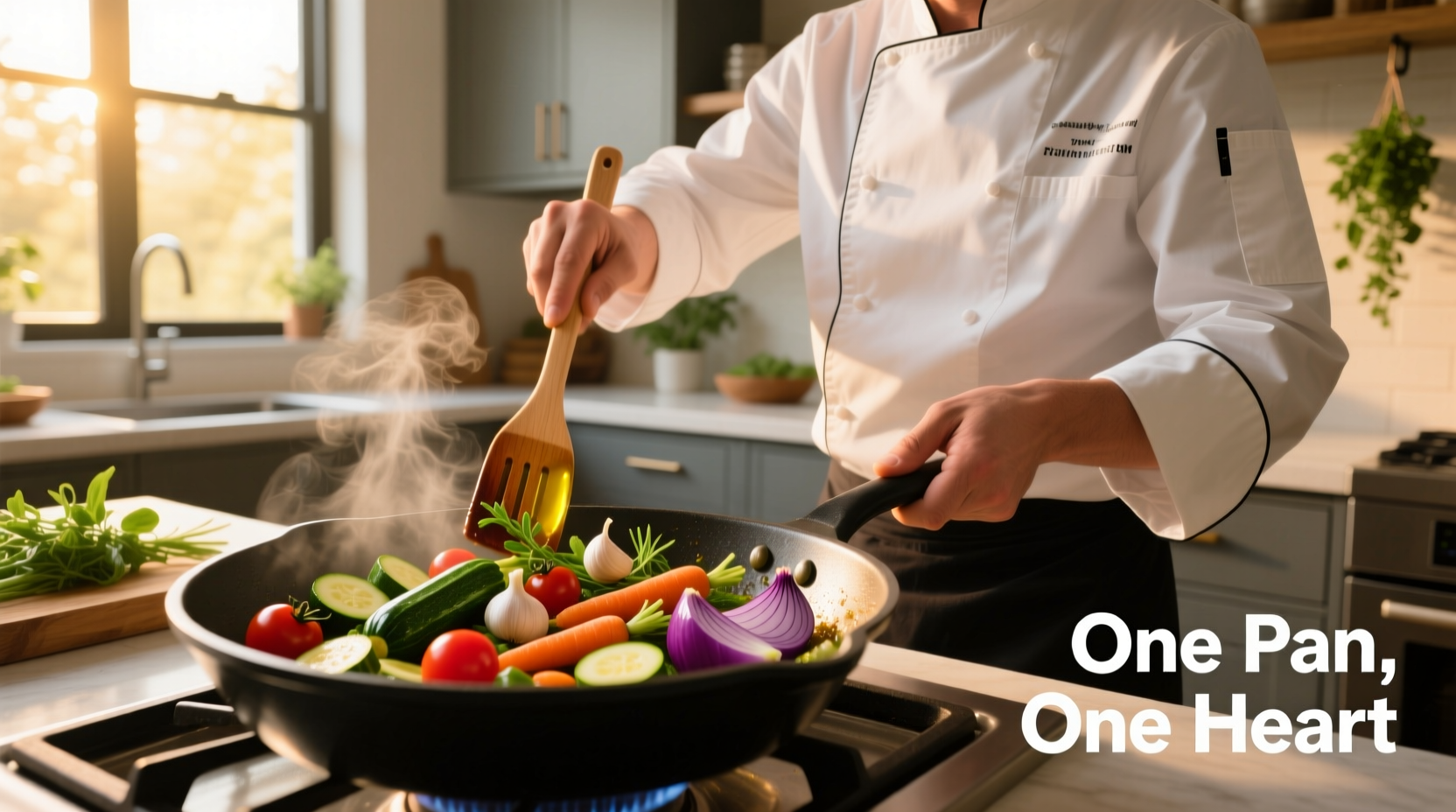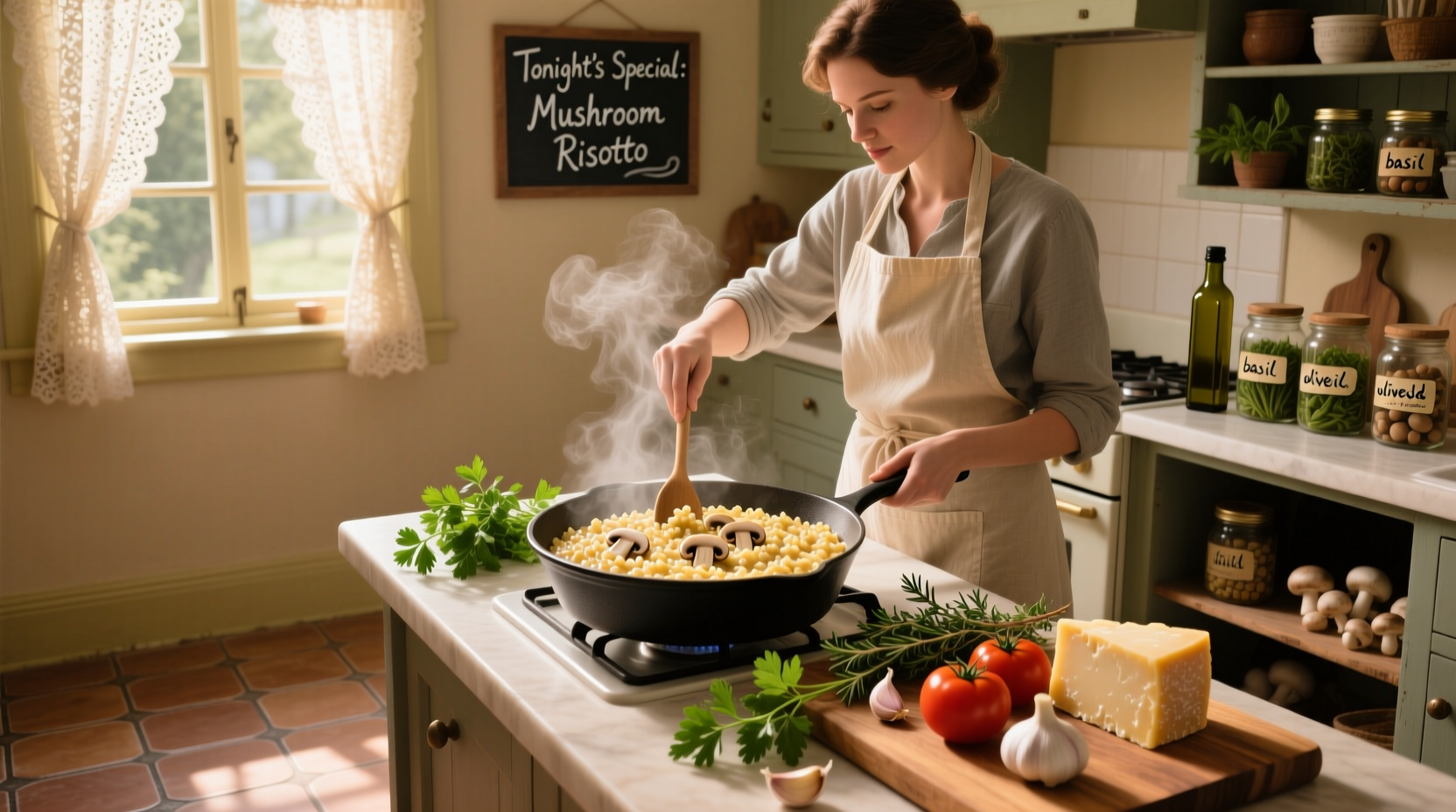When facing the question "what should I cook," the most practical solution is to assess your available ingredients, time constraints, and dietary needs, then match them to appropriate meal categories. Start by checking your pantry and fridge, determine how much time you have (15 minutes, 30 minutes, or longer), and consider any dietary restrictions before selecting from quick pantry meals, fresh ingredient-based dishes, or meal prep options.
Stop Wasting Time Deciding What to Cook Today
Ever stand in front of your open fridge, completely stumped about what to cook? You're not alone. A 2018 study published in Appetite found that 68% of home cooks experience decision fatigue when planning meals, wasting an average of 12 minutes per meal just trying to decide what to make. The good news: with a simple framework, you can cut that decision time to under 2 minutes while still creating satisfying meals.
Your Step-by-Step Decision Framework
Forget scrolling endlessly through recipe sites. Professional chefs and meal planners use a structured approach to answer "what should I cook" efficiently. Here's how to apply it in your kitchen:
1. Conduct a 60-Second Pantry Assessment
Before opening a single recipe book, take inventory of what you already have. This prevents food waste and saves money. According to USDA data, the average American household wastes 30-40% of their food supply, with perishables like produce being the most commonly discarded items.
Check these three areas:
- Proteins: Canned beans, frozen meats, eggs, tofu
- Carbohydrates: Pasta, rice, potatoes, bread
- Fresh ingredients: Vegetables nearing expiration, herbs, fruits
2. Determine Your Available Cooking Time
Your time constraint immediately narrows your options. The chart below shows realistic cooking time ranges for different meal types based on CDC meal preparation statistics:
| Time Available | Realistic Meal Options | Example Dishes |
|---|---|---|
| 15 minutes or less | Pantry staples, no-cook options | Bean tacos, egg salad sandwiches, pasta with canned tomatoes |
| 15-30 minutes | One-pot meals, simple proteins with sides | Stir-fries, sheet pan dinners, omelets with vegetables |
| 30+ minutes | Recipes requiring multiple components | Homemade pizza, braised meats, casseroles |
3. Consider Your Energy Level and Skill
Your mental and physical state significantly impacts what you should cook. Research from the International Journal of Gastronomy and Food Science shows that cooking complexity directly correlates with completion rates. When you're tired or stressed:
- Choose recipes with 5 or fewer ingredients
- Opt for one-pot or sheet pan meals
- Avoid techniques requiring precise timing
- Select familiar recipes rather than new challenges
4. Match Dietary Needs to Meal Types
Over 50% of Americans follow some form of dietary pattern according to CDC nutrition data. Instead of searching for "what should I cook for [diet]," use this quick reference:
| Dietary Need | Best Meal Categories | Quick Solutions |
|---|---|---|
| Gluten-free | Rice bowls, lettuce wraps, potato-based meals | Stir-fried rice with vegetables and protein |
| Vegan | Bean-based dishes, vegetable stir-fries, grain salads | Chickpea salad sandwiches or lentil soup |
| Low-carb | Protein-focused meals with non-starchy vegetables | Zucchini noodles with meatballs or cauliflower rice stir-fry |
| Family-friendly | Deconstructed meals, familiar flavors with hidden veggies | Taco bars or pizza with whole wheat crust |
Overcoming Common Cooking Decision Barriers
When You're Truly Out of Ideas
Food psychologists at Cornell University found that decision fatigue peaks around 5PM, precisely when most people need dinner ideas. When you're mentally exhausted:
- Implement a weekly theme night (Taco Tuesday, Stir-Fry Friday)
- Keep a running list of 5-7 go-to meals you enjoy
- Create a "decision emergency kit" with ingredients for one reliable meal
When Ingredients Are Limited
Instead of viewing limited ingredients as a problem, see it as a creative opportunity. The Japanese concept of mottainai (avoiding waste) has inspired chefs worldwide to create remarkable dishes from minimal components. Try these approaches:
- One-ingredient focus: Build a meal around your most perishable item
- Flavor layering: Use spices and condiments to transform simple bases
- Texture play: Combine different textures from limited ingredients

Building Your Personalized Decision System
Professional chefs don't decide what to cook from scratch each time—they use systems. Create your own by:
- Tracking which meals you actually enjoy (not just what looks good online)
- Noting which recipes work with your specific kitchen setup
- Creating a "success file" of meals that consistently satisfy your household
- Developing 3-5 reliable templates you can customize based on available ingredients
This approach aligns with findings from the Journal of Nutrition Education and Behavior, which shows that consistent meal planners experience 40% less decision fatigue and waste 27% less food than those who decide meals spontaneously.
When to Break the Rules
Sometimes, the best answer to "what should I cook" is "nothing." According to Harvard Medical School research on eating habits, occasionally ordering takeout or having a "meal break" can prevent cooking burnout and actually improve your long-term relationship with food preparation. The key is making this a conscious choice rather than a default when overwhelmed.
Putting It All Together: Your Decision Flowchart
Next time you're wondering what should I cook, follow this simple process:
- Check pantry/fridge (60 seconds)
- Assess available time (10 seconds)
- Consider energy level (10 seconds)
- Identify dietary needs (10 seconds)
- Match to appropriate meal category (20 seconds)
- Select from your personal success file (10 seconds)
This six-step process takes less than two minutes but eliminates the guesswork, reduces food waste, and ensures you create meals you'll actually enjoy eating.











 浙公网安备
33010002000092号
浙公网安备
33010002000092号 浙B2-20120091-4
浙B2-20120091-4